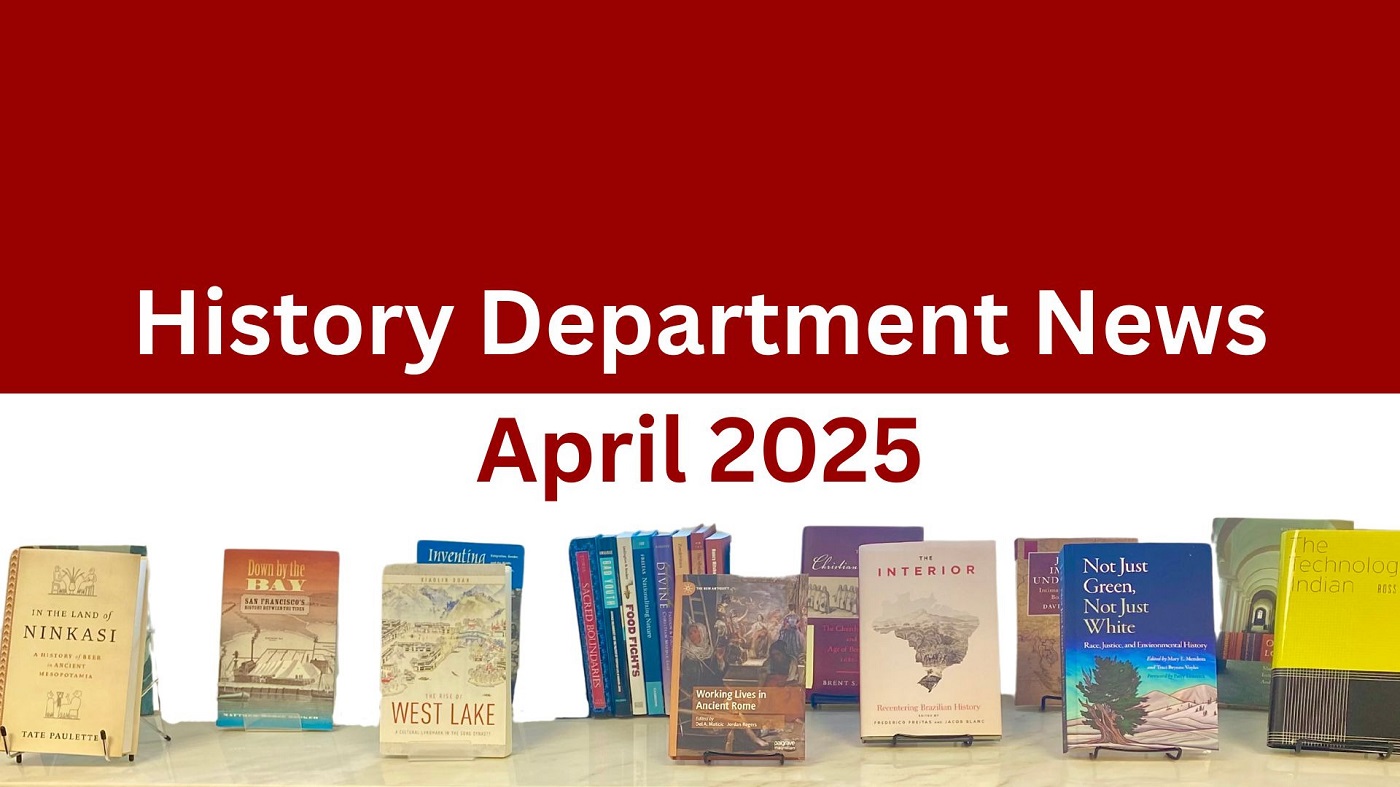A Castellan Claims his Castles: Textualization of Claims in Eleventh-Century Aquitaine
Battle, Indrayani. “A Castellan Claims his Castles: Textualization of Claims in Eleventh-Century Aquitaine.” (Under the direction of Dr. Julie Mell.)
The Conventum inter Guillelmum Aquitanorum Comitem et Hugonem Chilarchum is a 340-line, highly descriptive document of claims, counter-claims, and often violent conflicts, all revolving around property, between Hugh of Lusignan and Count William of Aquitaine, written by an unidentified author and scribe. This eleventh-century document is written in a conversational mode, largely using direct speech, and from a secular perspective, since both parties are lay lords. It is the textualization, or the writing down, of a series of events and oral transactions of the demands of Hugh for the properties he claimed by right of inheritance, either directly or by proximity to his kin. The textualization allowed the author to control the information that was incorporated into the text, thereby to be passed into the future. While historians have called the document highly unusual, because of its length, because of its direct speech, because of its one-sided portrayal of events, and because there is no comparative document from the region, they nevertheless study the document for lord-vassal relationships of the eleventh century. However, the question of why the document was written has still not been adequately answered, although a few historians have put forward their assertions of the document as literature rather than history. These assertions seem largely based on the Conventum‟s grammatical or narrative structure, which are only a part of its textualization.
I maintain that the importance of the document lies in this textualization of legal claims as understood in the moral standards and accepted norms of conduct in the eleventh century, all of which provide the events therein with legal validity and thus, by extension, to the agreement itself. This type of evaluation allows the text to take its place with other legal documents of the early-eleventh century. I further maintain that Hugh had the document written to formalize his claims, not only against Count William of Aquitaine but also against Count Fulk Nerra of Anjou, since most of the lands that Hugh claimed were under men commended to Anjou.
To do this I examine the importance of land, its role in the attainment of personal power, its role in the identity-formation of a family, the methods of its acquisition, the disputes around its inheritance and ownership, and the methods of dispute settlement, including the role of violence. In the upheavals of the early eleventh century, textualization of land holdings and their dispute settlements provided a permanent record for family identity and for the legal procedures that were employed. The thesis also examines the geo-political implication for the setting of the Conventum, the power struggle between the Counts William and Fulk, and the possession of allodial or free lands and their added influence on the bargaining power of the lords. Then, I trace the importance of textualization as a continuation of the documentation process already prevalent under the Carolingians. Subsequently, it is necessary to look at some of the words and portrayed events that indicate the use of customary procedures by Hugh in making his claims. The thesis also examines the oath of fidelity to see how the relationship of a lord and his man was defined, how the oath affected the conduct of each to the other, and its implications in the ongoing debate over the lord-vassal relationship and thus the feudalization of eleventh-century social structure.
- Categories:


